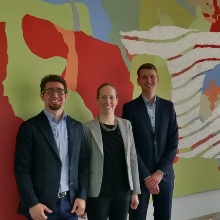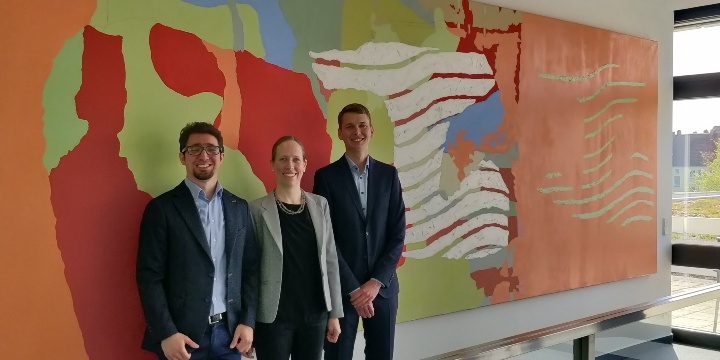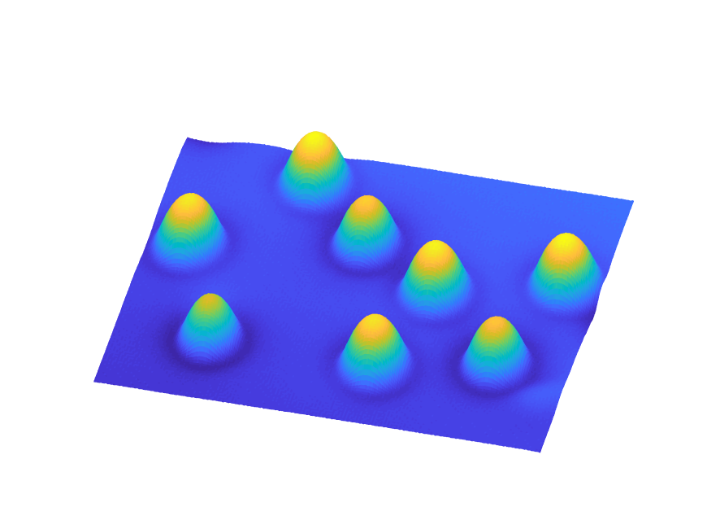Lean back and admire the scenery while the car drives itself through the city - this is not yet possible, despite technical advancements. Conventional computer hardware and software do not have sufficient interfaces to intervene in an emergency with the same responsiveness as a human.
But neuromorphic materials might make this possible, agree Dr. Susanne Baumann from the Institute for Functional Matter and Quantum Technology, and her colleagues Dr. Hermann Osterhage and Dr. Eduardo Domínguez Vázquez from Radboud University in the Netherlands. "In terms of how they work, algorithms are modeled on the human brain. However, conventional hardware is not yet able to implement the full potential of these algorithms," explains Baumann. "We need hardware technologies that are more like the brain. Neuromorphic materials could be the key to this."
Brain power transferred to hardware
The idea is to match hardware and software more precisely. In practice, this would mean fewer processing loops and more efficient and faster response performance.
To this end, the team is exploring the potential of neuromorphic materials. These are atomic-based materials that resemble the neuronal structure of the brain. With the help of scanning tunneling microscopy, Baumann and her team are able to assemble such materials atom by atom according to the puzzle principle and give them the desired properties.
"The material must be capable of adapting to suit changing requirements," says Baumann. As a result, algorithms learn to generate the desired output more efficiently and more quickly from an initially unknown input. "Just as neural pathways in the brain form and strengthen with repetitive execution of a movement, neuromorphic hardware is designed to support algorithm learning."
Funding from the Volkswagen Stiftung
For their project "Neuromorphic materials designed atom by atom" (neurAm), Baumann, Osterhage and Domínguez Vázquez have received a grant of one million euros from the Volkswagen Foundation. Over the next four years, the goal is to transfer this new approach to hardware technologies. "Currently, we are expanding our team and looking for PhD students who would like to join our project," Baumann said.

Jacqueline Gehrke
Trainee

Susanne Baumann
Dr.Senior Scientist




